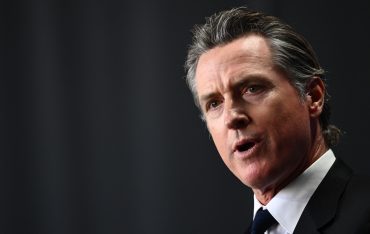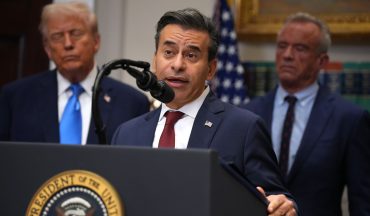

Windows 10 end-of-support deadline forces millions of PC users to upgrade devices or purchase security extensions
Three Key Facts
- 400 million Windows 10 users face upgrade deadline as Microsoft ends support on October 14, 2025, leaving devices without security updates
- 240 million PCs lack Windows 11 eligibility due to hardware requirements, forcing users to purchase new devices or pay $30 for extended security updates
- Microsoft may forcibly upgrade eligible devices to Windows 11 without user consent, similar to previous automatic installations of system updates
Introduction
Microsoft’s Windows 10 support deadline creates an unprecedented situation where 400 million users must upgrade or face security risks. The company warns that continuing to use Windows 10 beyond October 14, 2025, exposes devices to viruses and malware without critical security patches.
The transition affects both individual consumers and businesses, with Microsoft leveraging the deadline to accelerate Windows 11 adoption. Users with compatible hardware receive free upgrades, while those with older devices face purchasing new PCs or paying for extended support.
Key Developments
Microsoft previously demonstrated its willingness to implement automatic updates through forced installations of Outlook and Windows 11 24H2 on unmanaged PCs. The company installed the KB5001716 patch automatically on Windows 10 devices and warned it may “attempt to download and install feature updates” as support concludes.
Yusuf Mehdi, Microsoft’s consumer CMO, emphasizes the security advantages of Windows 11 PCs, which include enhanced protection features by default. The company positions the upgrade as essential for accessing advanced AI capabilities and maintaining cybersecurity standards.
Microsoft offers the Extended Security Updates program as a temporary solution for users unable to upgrade immediately. The program provides critical security patches through October 2028 at escalating annual fees, though it excludes feature updates and compatibility guarantees.
Market Impact
The upgrade deadline drives significant hardware refresh cycles across the PC industry. IDC data indicates substantial numbers of businesses and consumers plan to refresh their PC portfolios by 2025, motivated by security requirements and AI-enabled hardware demand.
Microsoft’s strategy benefits hardware manufacturers and its Surface product line by creating urgency around new PC purchases. The approach generates revenue through both Windows 11 licenses and Extended Security Update subscriptions for organizations requiring additional time to transition.
The deadline particularly impacts enterprise customers managing large device fleets, where immediate hardware replacement costs become substantial operational considerations.
Strategic Insights
Microsoft’s approach represents a calculated balance between security imperatives and business growth objectives. By tying OS eligibility to specific hardware requirements, the company accelerates industry upgrade cycles while reducing long-term support costs for legacy systems.
The strategy reinforces Microsoft’s ecosystem control, encouraging users to remain within Windows environments for security and compatibility. This approach may establish precedents for other technology companies managing similar product lifecycle transitions.
The Extended Security Updates program exemplifies the software industry’s shift toward subscription-based revenue models for extended support services. This trend reflects broader industry movement toward recurring revenue streams rather than one-time licensing fees.
Expert Opinions and Data
According to Forbes, recent update documentation suggests Microsoft may enforce upgrades without explicit user consent. Industry analysts view this as Microsoft leveraging its dominant market position to shape computing industry behavior.
IT professionals note that Windows 11 shares core infrastructure with Windows 10, enabling migration through existing management tools like Microsoft Intune and Endpoint Configuration Manager. This technical similarity reduces deployment complexity for enterprise customers.
Environmental advocates raise concerns about the scale of potential hardware waste, as approximately 240 million devices cannot meet Windows 11 requirements. The forced upgrade timeline contrasts with sustainability initiatives promoting extended hardware lifecycles.
Security experts emphasize the genuine risks of maintaining unpatched systems at scale, noting that continued Windows 10 usage creates massive attack surfaces across global computing infrastructure.
Conclusion
Microsoft’s Windows 10 deadline creates immediate decisions for hundreds of millions of users between hardware upgrades, paid security extensions, or accepting increased security risks. The company’s strategy successfully combines user security needs with business objectives around hardware refresh cycles and recurring revenue generation.
The transition establishes new standards for enterprise security while raising questions about sustainable computing practices and consumer choice in technology upgrades. Organizations now face balancing immediate security requirements against budget constraints and environmental considerations in their technology planning.








